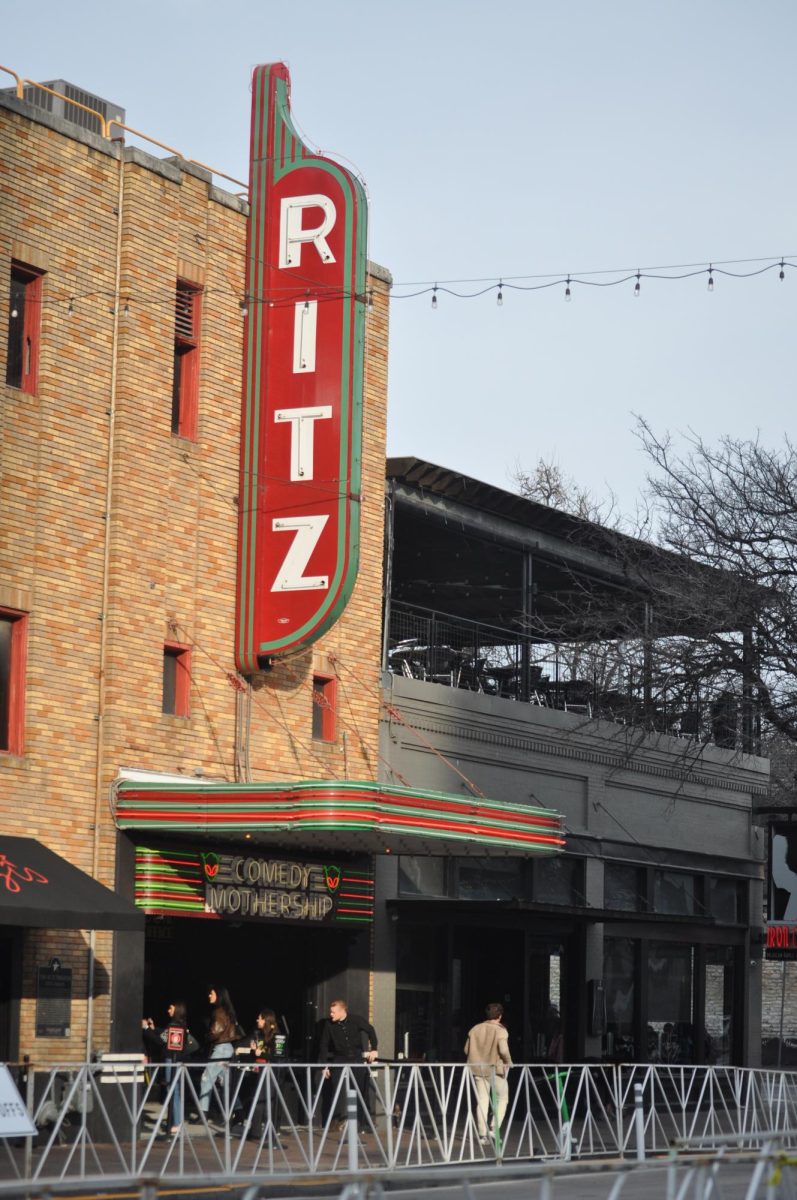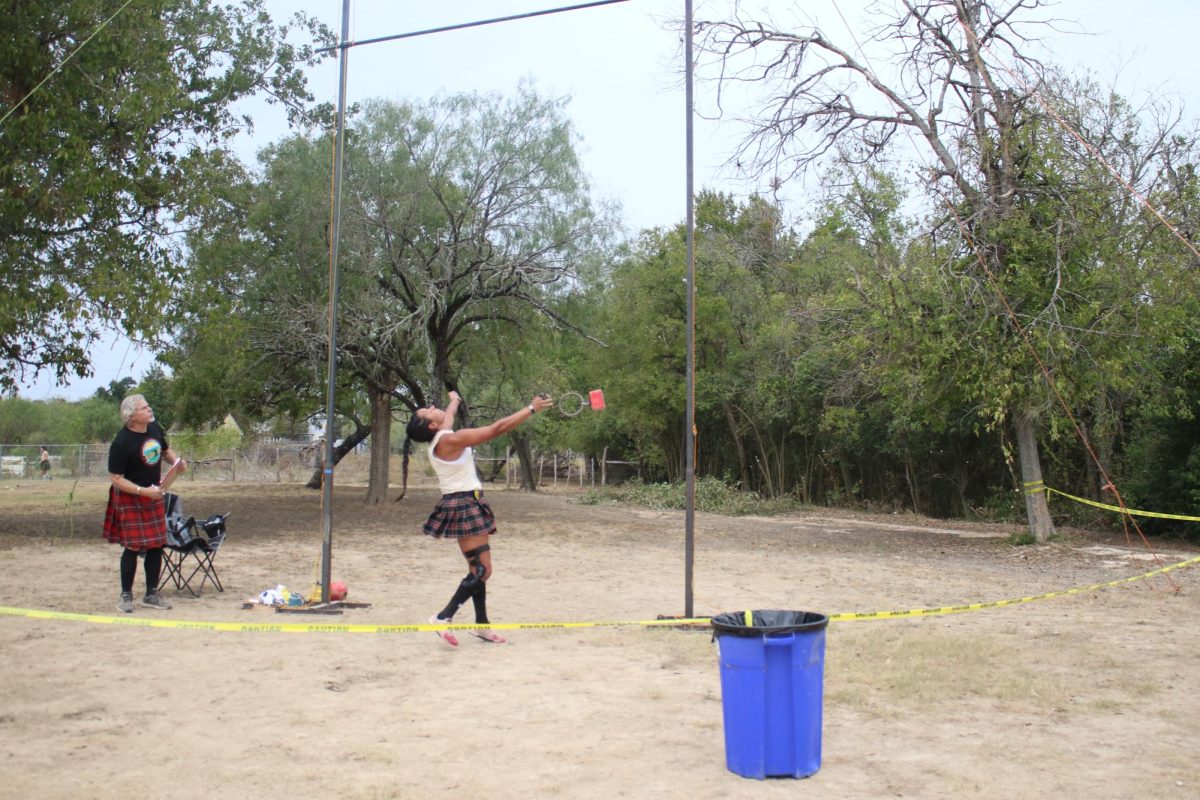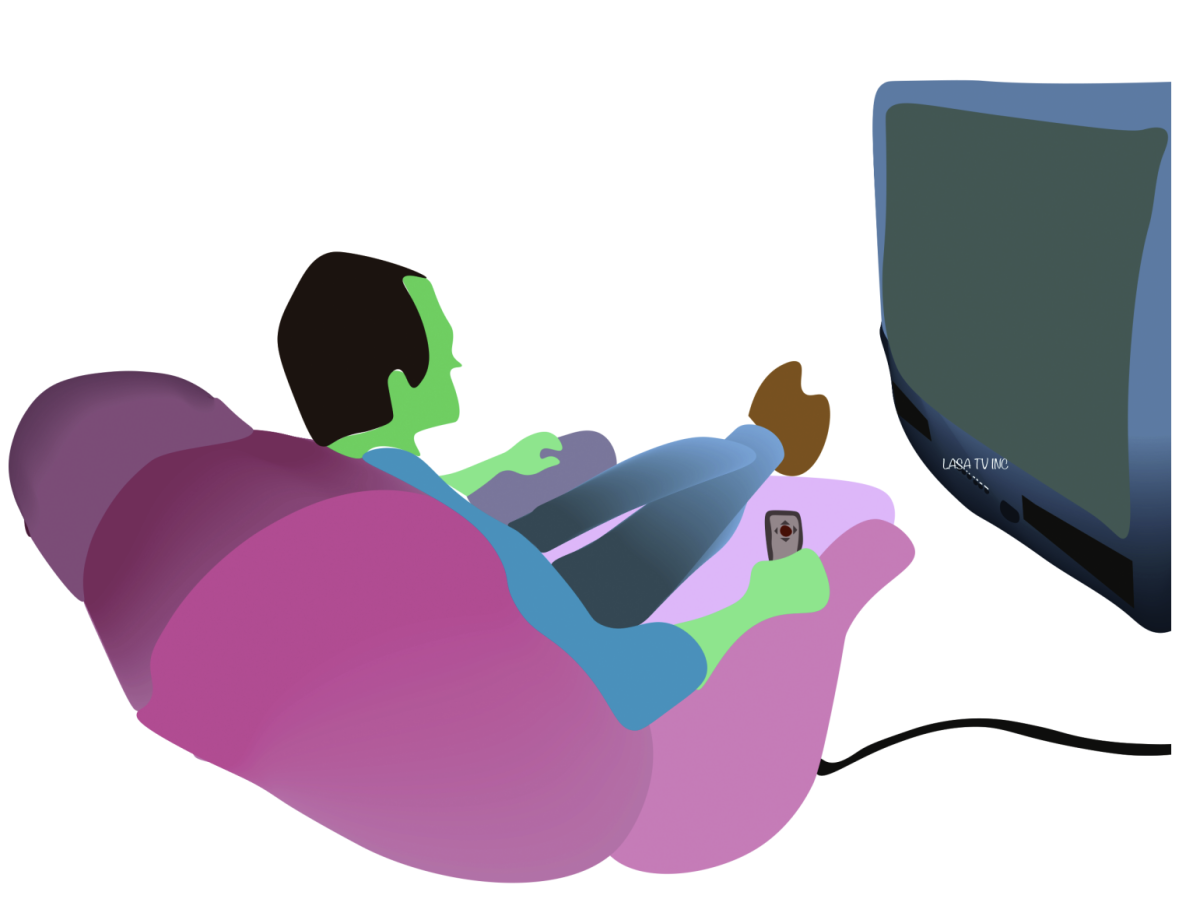As my sister and I sat on the floor, watching the TV blaze in front of us, we were completely encapsulated in the world playing out in the pixels. But as soon as our 30 minutes for television were up, we pulled our eyes away from the screen and went about whatever 8-year-olds and 6-year-olds do daily with the themes from what we were just watching playing in the back of our minds. Today, I watch children sit in public transfixed by their iPads, and TikToks showcasing parents pulling screaming children away from a TV screen with Australian dogs.
The society that exists today is filled with screens, but as these screens have gotten smaller and easier to carry around, the way society views life has transformed the same way. No longer is life an adventurous journey, rather it’s short and bite-sized, and just like the pieces of entertainment we watch, it’s there for us to chew on quickly and then spit out. To keep up with this increased expectation of instant gratification, shows have changed the way they’re structured. I can watch an entire episode of a new show on social media in less than ten minutes. However, what truly finds me thinking at night are the slow-paced, familiar shows that coated my childhood and the years before I was born.
According to a study titled “The Immediate Impact of Different Types of Television on Young Children’s Executive Function” by Angeline S. Lillard and Jennifer Peterson, fast-paced television has a significant impact on children’s executive function. The fast-paced cartoon that they displayed to one of the groups of children caused them to be unable to complete tasks as well as the other group who watched an educational show. The fact that children were so impacted by just 9 minutes of television suggests that adults, who watch an average of 2 hours and 55 minutes of TV a day, according to Oberlo, could also be significantly altered by the television they view. The increased prevalence of social media also suggests that people are more dependent on entertainment they can grab quickly, rather than shows they sit with for an extended period.
The TV shows I watched as a kid mainly consisted of whatever was on PBS Kids. The shows “Wild Kratts”, “Martha Speaks”, and “Pinky Dinky Doo” were constantly playing in my household, while Disney shows were limited to what my sister and I could watch in 30 minutes or less. Even though I still watch those children’s shows sometimes, the early 2000s also contained gems that can’t help but formulate the existence of every teenage girl. Shows like “Vampire Diaries” and “The OC” wrap me up in long episodes of teenager stupidity, but when I gaze at the long lists of new shows on the different streaming services, nothing draws my attention, nothing invites me to sit and find warmth.
TV shows from the early 2000s are just better than the TV shows that exist now. Sitting down to watch 4 seasons of “Outer Banks” sounds less appealing than doing my physics homework. While it may just be my tendency to watch shows that fill me with nostalgia, the fact is that people have turned away from shows of quality to ones that are easy to watch in between Instagram Reels. When I watch “The West Wing”, which aired from 1999 to 2006, I’m forced to put down my phone and fully pay attention to what’s happening on the screen. I don’t find myself overwhelmed by the plot because the show portrays a sense of calm despite the fact it details the extreme, yet fictional, problems of the Oval Office.
With the increased use of social media, TV shows are just going to continue to get shorter and shorter, and eventually, Netflix might turn into short clips meant to extoll a laugh in less than 30 seconds. However, what will always stand the test of time are the comforting, long shows that aired in the early 2000s. Instead of electing to watch “Bluey” or scrolling through social media, dive into a TV show that follows a group of doctors around a hospital, or a mother and daughter navigating the sleepy town of Stars Hollow, and find yourself wrapped in a blanket watching a TV show where the scenes last longer than 11 seconds.






